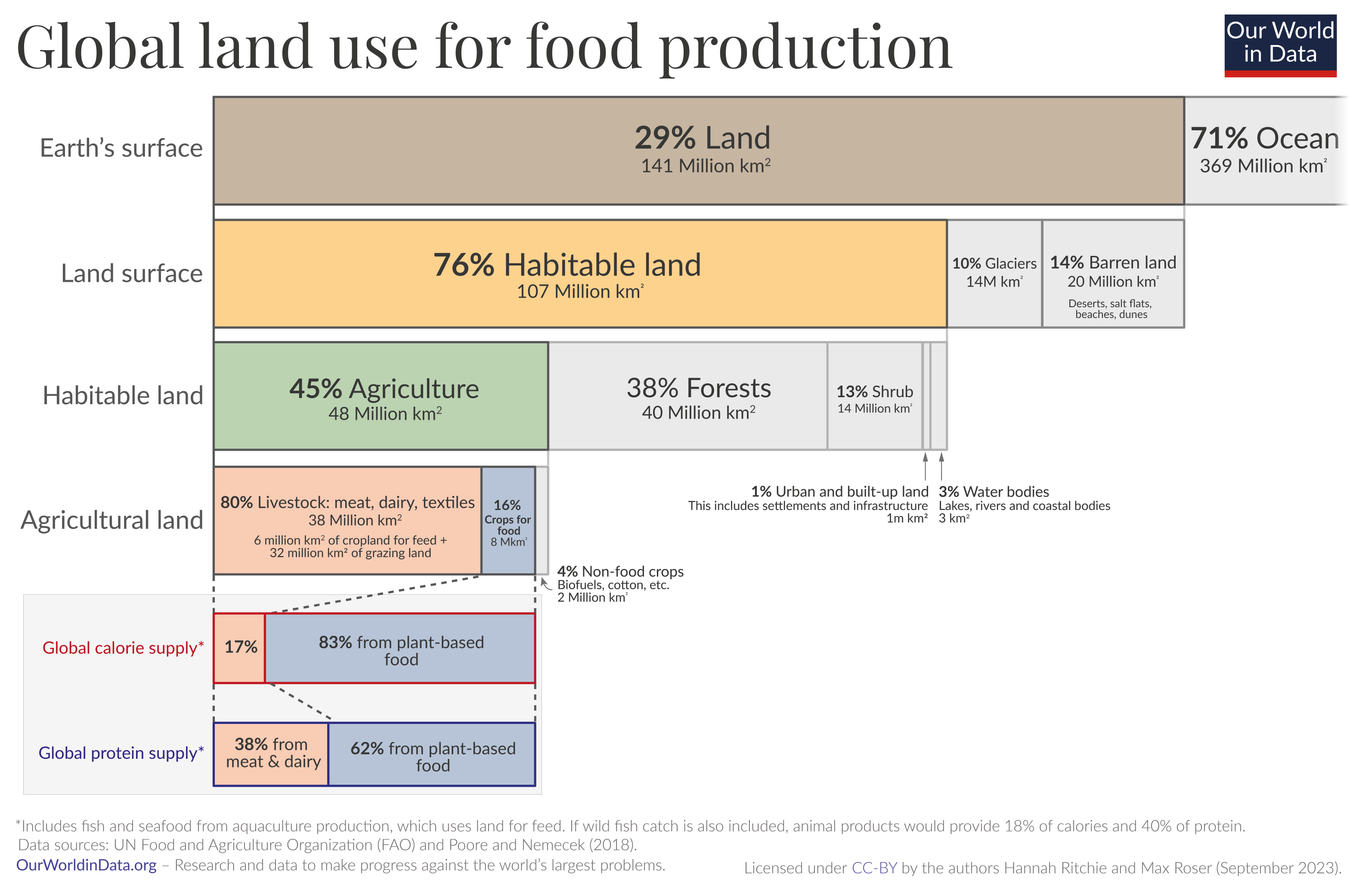

Probably only sucessful ones.
Google captchas have had multiple rounds (with it faking you out claiming you failed) for probably a decade. Every round of the game updates some confidence score which if you get it high enough lets you pass.
This conversely means there is no way to fail, you just get stuck in an infinite loop of challenges if your score doesn’t get high enough.
The only other alternative means of pricing it would see even valid users consume way more than one “verification” per actual completed captcha, since so many users have low enough scores to need multiple rounds of captcha even when completing them with perfect accuracy.
I doubt they do this, but if they do it’s a scandal waiting to happen, besides also being very weird for any kind of statistic google certainly offers for their captcha.











Based on the only information we have, OPs sister is two. So the sister is 2. Trivial.